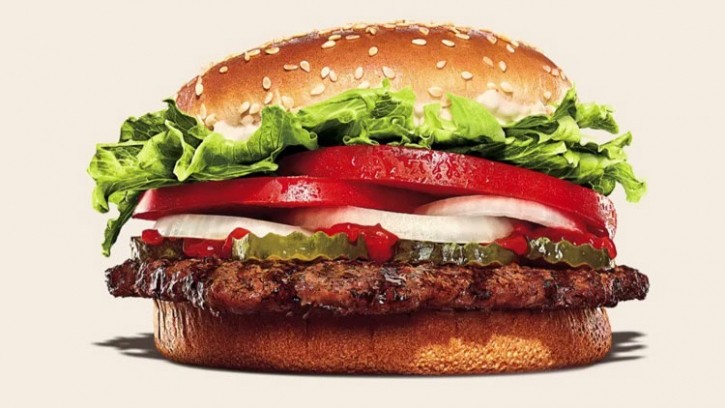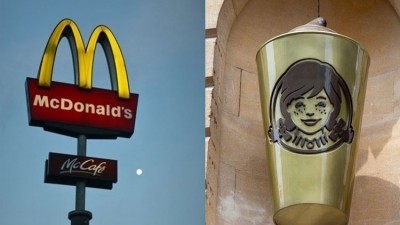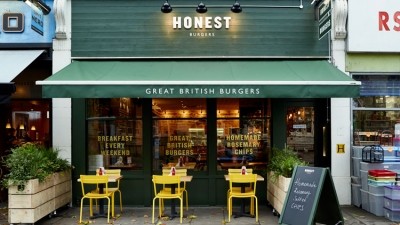The Lowdown: Burger King’s Whopper lawsuit

Has someone been telling Whoppers?
Allegedly so. Customers in the proposed class action have accused the fast food giant of misleading diners by portraying its burgers with ingredients that ‘overflow over the bun’. They say in-store images of the Whopper were made to look 35% larger, with more than double the amount of meat compared to what actually came in the cardboard box. Five plaintiffs are seeking damages of at least $5m each in the case, which is being pursued in the state of Florida.
Five million dollars!! That’s a whopping figure. How have they come to that?
It’s likely to be more of an arbitrary number and doesn’t relate directly to the number of burgers consumed by each of the plaintiffs (but then again, this is America). Their argument is that the false advertising is so blatant that it amounts to breach of contract.
Do they have a case?
It’s fair to say they’ve got a shot. Last week, a Miami judge gave the plaintiffs the go-ahead to sue the Burger King over the matter. The fast food giant had earlier argued that it was not required to deliver burgers that look ‘exactly like the picture’. However, in his ruling, US District Judge Roy Altman said it should be left to jurors to ‘tell us what reasonable people think’. He has also let the customers pursue negligence-based and unjust enrichment claims, but dismissed allegations that Burger King misled customers with its television and online advertisements.
What has Burger King had to say on the matter?
In a statement released last week following Altman’s decision, Burger King hit back against the claims. It said: “The plaintiffs’ claims are false. The flame-grilled beef patties portrayed in our advertising are the same patties used in the millions of Whopper sandwiches we serve to guests nationwide.”
Could this lawsuit lead to similar class actions against other fast food chains?
Quite possibly, although that already appears to be happening. According to a recent report in the Daily Mail, class actions against food and drink companies in the US have soared from 45 in 2010, to 214 last year, mostly for false advertising or misleading consumers – that’s a rise of 375%. Currently, McDonald’s and Wendy’s are defending against a similar lawsuit to that faced by Burger King in the Brooklyn, New York, federal court. In fact, the plaintiffs’ lawyer there has cited Altman’s judgement to justify letting that case continue. Meanwhile, last month Taco Bell, a unit of Yum! Brands, was also sued in the Brooklyn court for selling Crunchwraps and Mexican pizzas that allegedly contained only half as much filling as advertised. And then there’s chicken chain Buffalo Wild Wings, which is being sued in Chicago over its boneless chicken wings that are not made from deboned chicken wings.
Is this a US-centric trend, or are we seeing a similar rise in legal cases against fast food chains in the UK?
Things work a little differently over here. As the BBC notes, the regulations are a bit tighter, although the underlying principle is the same as in the US: promotional images must not be misleading. The Advertising Standards Authority (ASA) is responsible for policing promotional images, except those in stores and on menus. And if questions are raised, it is up to companies to provide evidence that their images show the genuine product. “We know consumers are savvy. They understand ads are not reality. But there is a line,” explains Toby King, ASA spokesperson, to the BBC. “Our job is to decide when that line has been crossed.”
Has the ASA banned advertising from fast food chains before?
It has, including an advertising campaign by Burger King. Back in 2010, the watchdog received complaints that the TV advert for the chain’s Tendercrisp burger was misleading. The ASA subsequently said it bought three burgers and found their thickness and the overall height was ‘considerably less’ than in the ad, and ruled that the advert could not appear again in its current form. Burger King defended itself by saying it needed to show clearly all of a product's ingredients in its advertising. Needless to say, no one walked away $5m richer as a result of the decision.




















